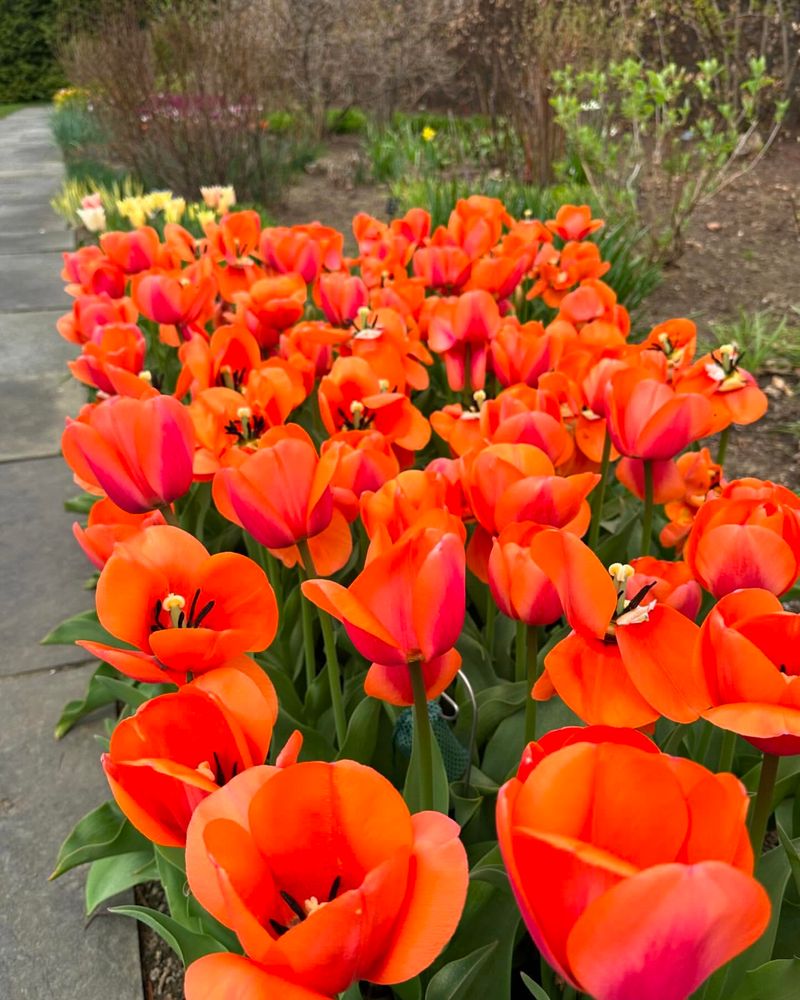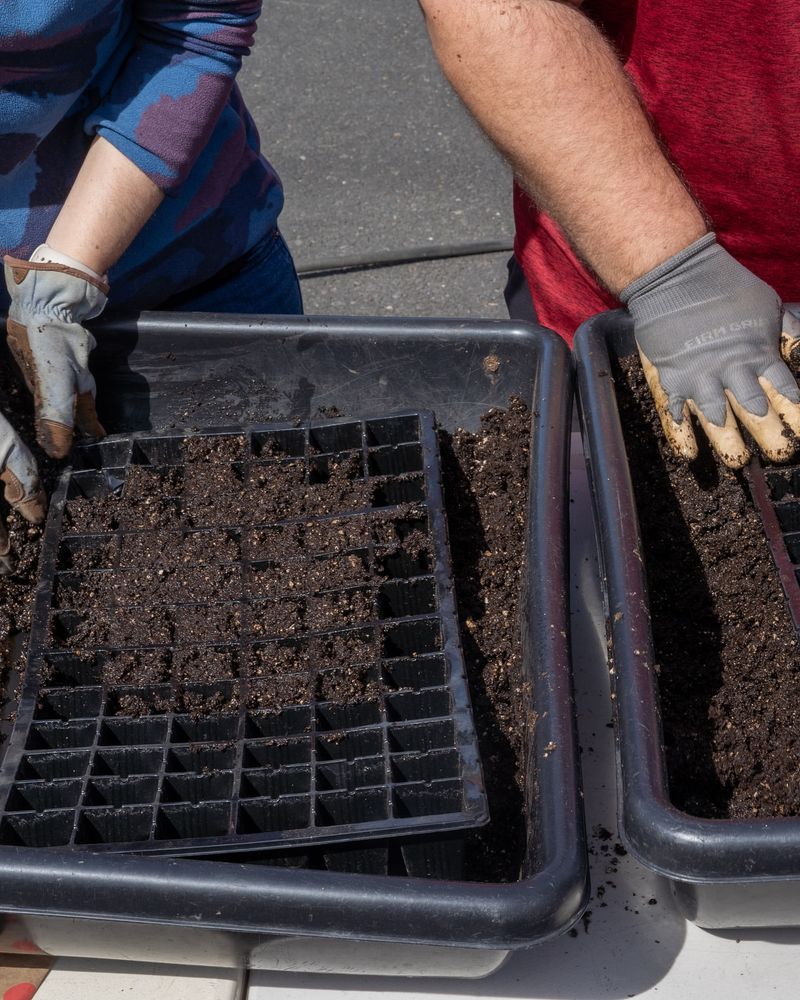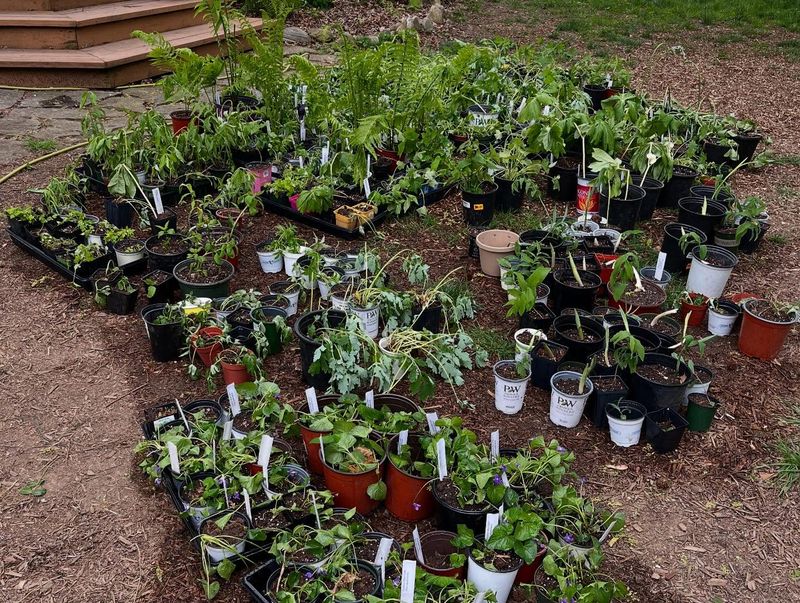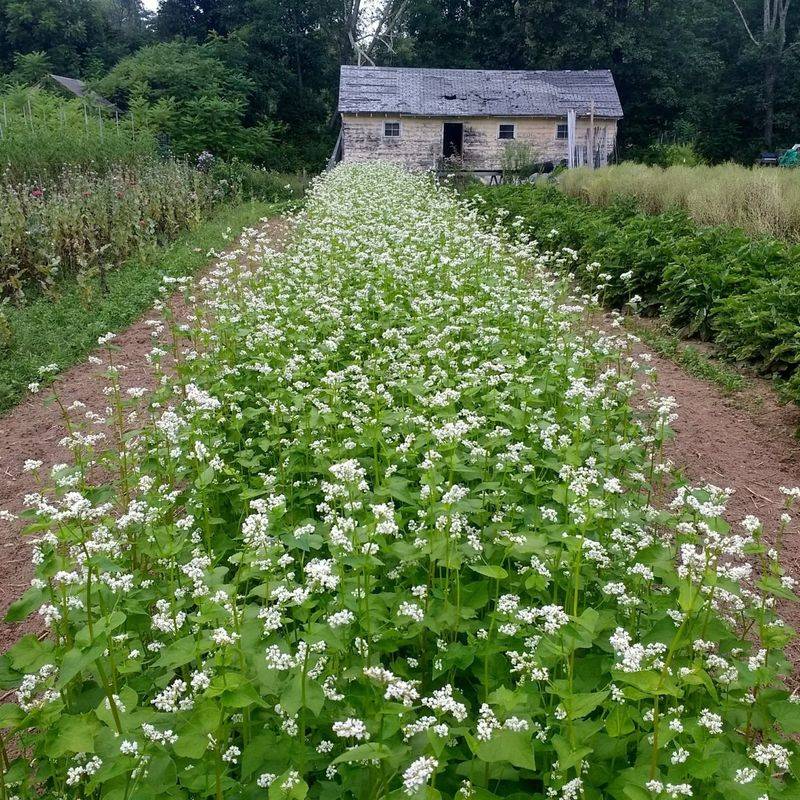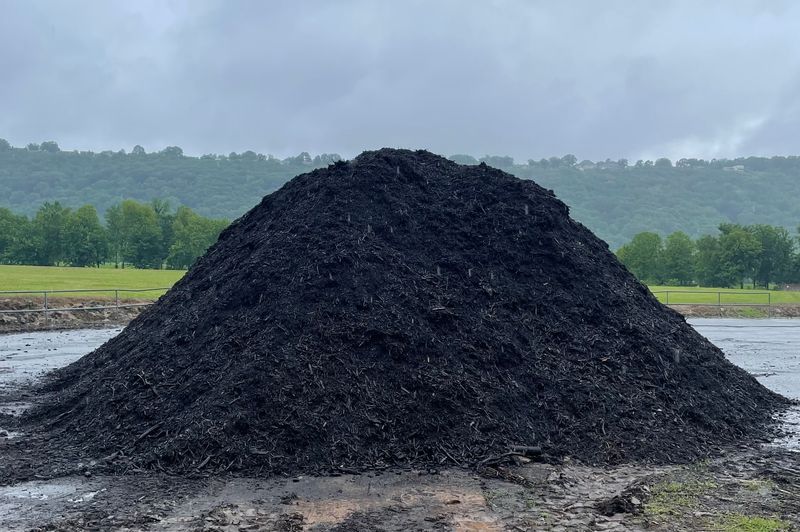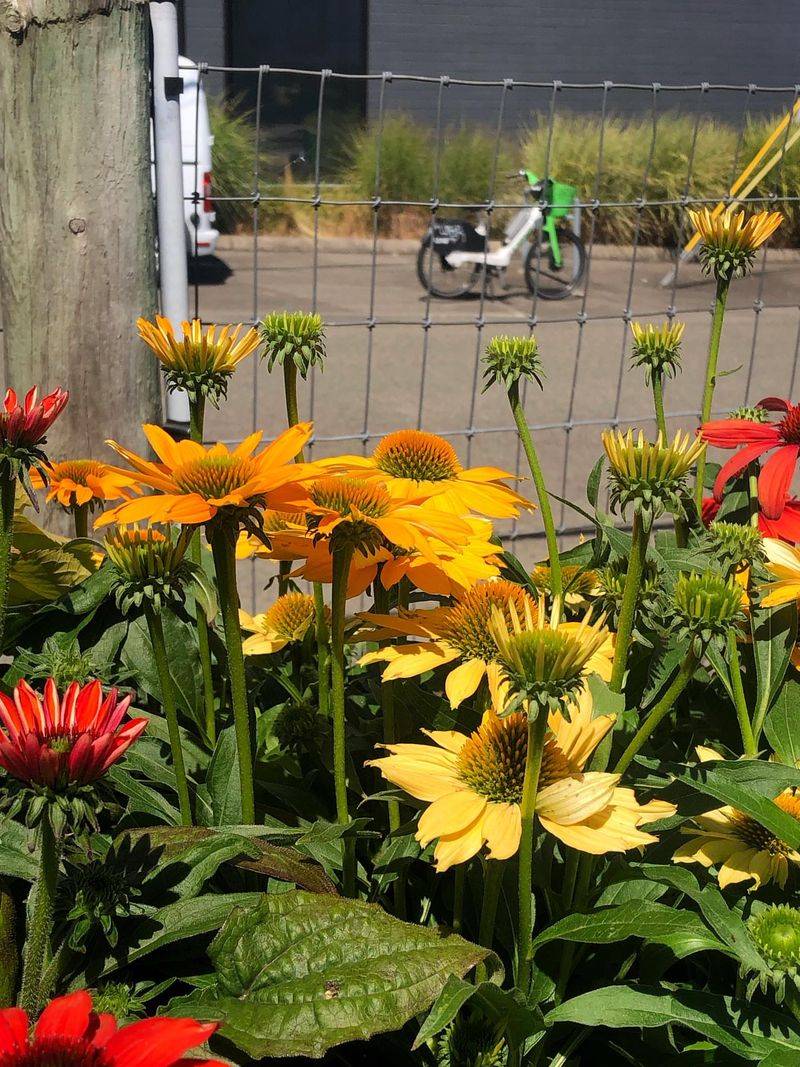Oregon gardeners know the secret to stunning flower displays without breaking the bank. Our state’s unique climate and passionate gardening community have created clever ways to stretch those gardening dollars.
From the rainy coast to the high desert, these money-saving techniques help bring vibrant blooms to yards across the Beaver State.
1. Swap Meets And Garden Clubs
Local garden clubs throughout Oregon host plant swaps where members trade bulbs, starts, and divisions from their own gardens. The Portland Garden Club’s spring exchange attracts hundreds of gardeners eager to share their extras.
Not only do you save money, but you also get plants already proven to thrive in our climate. Many clubs offer free soil testing during these events, helping you understand exactly what your garden needs.
2. Fall Bulb Bulk Buying
Smart Oregon gardeners band together with neighbors for bulk purchases when nurseries slash prices on unsold bulbs in late fall. A group order from places like Wooden Shoe Tulip Farm can cut costs by 40-60% compared to spring prices.
Many garden centers offer deeper discounts in November when they’re clearing inventory. Store those bargain bulbs in a cool, dry place, and they’ll be ready for planting during our mild winter days.
3. Community Compost Programs
Neighborhoods in Eugene and Portland have pioneered community composting systems where residents contribute yard waste and receive finished compost for free. The Lane County Master Gardeners maintain several shared bins that produce rich soil amendments.
Coffee shops across Oregon offer spent grounds for free – an excellent source of nitrogen. Local breweries also provide spent grain, which makes outstanding compost when properly mixed with other materials.
4. Division Days Celebrations
Experienced gardeners mark their calendars for “Division Days” in early spring and fall. Perennials like hostas, daylilies, and irises multiply rapidly in Oregon’s climate and need dividing every few years anyway.
The Salem Garden Club hosts workshops showing how to properly divide plants to maximize your garden’s bounty. One mature hosta can become five new plants, turning maintenance into multiplication while saving hundreds on nursery plants.
5. Cover Crop Seed Sharing
Oregon gardeners have created seed libraries where members check out cover crop seeds like crimson clover or winter rye. After growing these soil-enriching plants, members return some seeds harvested from mature plants.
Cover crops naturally add nitrogen and organic matter while preventing winter erosion in our rainy climate. The Bend Seed Exchange maintains over 30 varieties of cover crop seeds specifically selected for different Oregon growing regions.
6. Municipal Mulch Madness
Many Oregon cities offer free wood chip mulch from their tree maintenance programs. Portland’s “Chip Drop” connects gardeners with arborists who need somewhere to dump fresh wood chips after tree work. These municipal programs save gardeners money while solving waste disposal problems.
The mulch helps retain moisture during our dry summers and breaks down slowly, adding valuable organic matter to garden beds over time.
7. Natural Fertilizer Foraging
Oregon’s coastal gardeners collect seaweed after storms, rinsing it and using it as an incredible micronutrient boost. Inland gardeners gather fallen leaves from oak-lined streets for leaf mold that rivals expensive soil conditioners.
The Tillamook Master Gardeners teach workshops on identifying nutrient-rich wild plants like stinging nettle for homemade fertilizer teas. These free resources contain trace minerals that commercial products often lack, producing flowers with richer colors and stronger stems.



